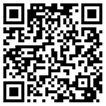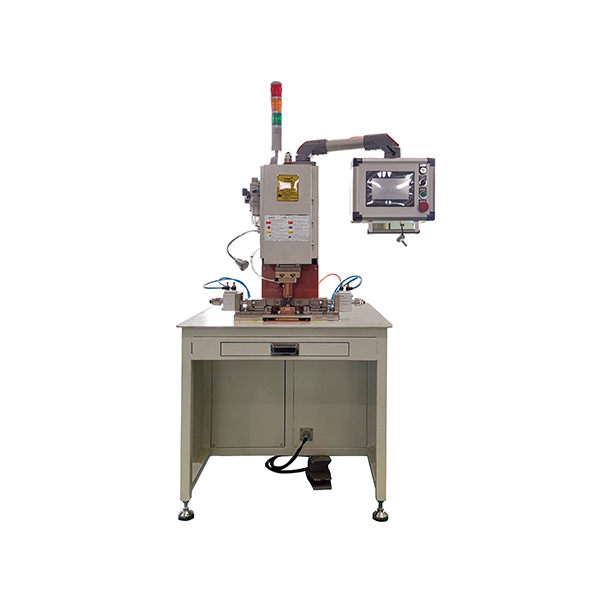For the inspection method of whether the spot welding machine is qualified after welding, the first thing to be said is that the workpiece of each weldment or the customer has certain requirements for the spot welding. Some of them are very demanding, requiring that the solder joints can hardly be seen or have good firmness on the basis of very beautiful appearance. Most weldments require less. Therefore, we should also make adjustment according to the above-mentioned different situations when we check whether the solder joint is qualified.
For the weldments with high requirements, we can use NDT methods such as flaw detection and X-ray after welding with spot welder. During the inspection, because the piezoelectric sensor is reversible, the intermediate frequency spot welding machine can convert the acoustic pulse signal into electrical pulse signal, and use the propagation time of ultrasonic wave in the spot welding joint and the attenuation amplitude of ultrasonic energy signal to evaluate the severity of defects in the workpiece. It is often used to inspect the spot welding joint quality of automobile body and accessories with high quality requirements for the weldment. For general weldments, the requirements are not particularly high, only some simple detection methods can be used. There are also two cases of this, breaking the solder joint and not breaking the solder joint.
There are two ways to avoid breaking the solder joints. Insert the flat iron bar or screwdriver between the two metals welded by the intermediate frequency spot welding machine, apply pressure on the tail of the iron bar or screwdriver, and form a gap of 2.5-3.5mm between the metal plates. If the welding spot is normal at this time, it means that it is a normal welding spot with good welding effect; If the thickness of the plate is inconsistent, the prying distance should be controlled between 1.5-2.5mm. If the prying is insisted, the solder joint will be damaged. The destructive test is more convenient, usually prying and twisting, which is called twist test or tear test. It can be seen that the solder joint is not firm. It should be noted that welding slag should be removed after completion.
 Taobao1
Taobao1 Taobao2
Taobao2 Alibaba Wuxi
Alibaba Wuxi Shenzhen Alibaba
Shenzhen Alibaba
 English
English Chinese
Chinese


